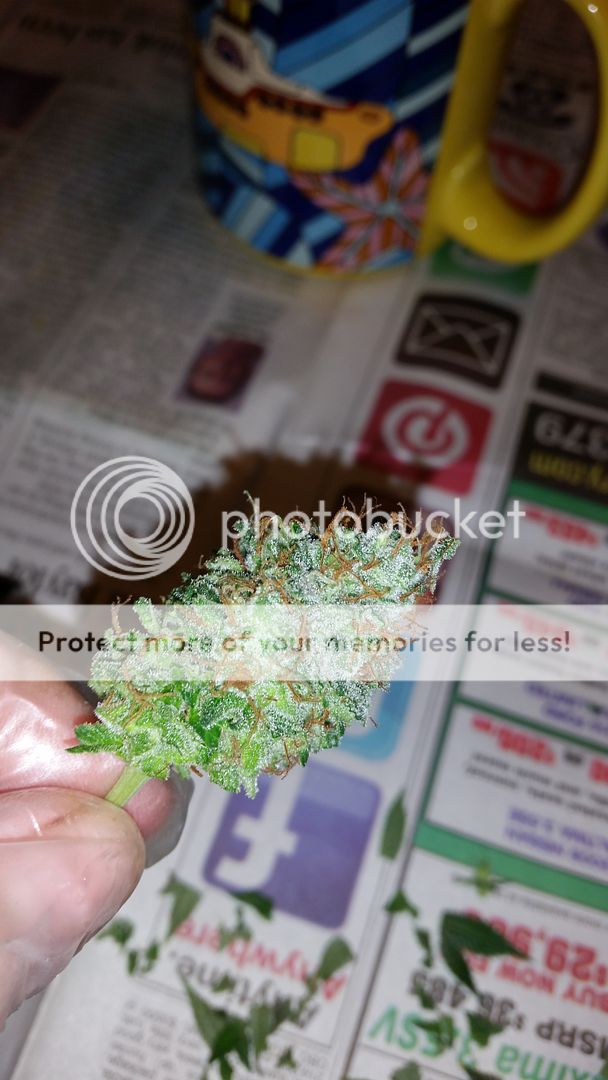The simplest explanation would be to look at the seed banks. They offer 2 types indoor and outdoor.
But lets break this down to just regular gardening and not Hydro and Weed just indoor / outdoor plants
Outdoor would use all the strength of the sun with every spectrum and probably even some we have not identified yet.
HPS will burn more of an orange yellow to attempt to mimic the red spectrum of the sun used for flower production
MH will burn more of the blue white color attempting to mimic the blue spectrum used for Veg
Another thing to note is plants in nature out in the woods and forests are feed by the sun not by nutrients.
We use nutrients in indoor greenhouses in an attempt to make up what the plant is not getting from the lights and soil.
This is why when LED"s first came out, people were like all you need is red and blue lights. Its true you can grow under only red and only blue or a combination of both depending on what your doing.. But even NASA eventually used Green LED's to make the vegetables more appealing.
However, we here in the LED community of growers learned early on that other colors do other things to your plants, and its not as simple as add white light casue it has everything.
The other colors do other things to your plants such as (I cant find the chart atm but I want to say it went like):
Far Red for example makes good resin production
Yellow/Orange tend to make stronger leaves and increase flower production
Blue - Green tends to make a stronger cellular wall for stalk and stem development - Veg Growth
Purple mimics the light received in the shade makes a denser larger flowers
To go one step further you can create a LED to burn at a specific nanometer or color
- for example BUE is a range of 440nm- 520nm but the Blue LED will be specific like 450nm for a medium peak at royal blue.
So if your breeding plants under LED"s and the plant has no idea what real light is or white light is.
It will be forced to learn to absorb more of the LED color to grow.
Then overtime and based on what your using your developing different traits to absorb or eat that light source to produce the same thing time and time again.
Here you can see my spectrum of color makes a strong stalk. I have no fans or movement in the tent to create a stronger plant by stress, mine has a stronger stem from what I provide in the environment but mainly from the light source I know this because I have Sichuan buttons, cherry tomato's and chili peppers. They do not get the same food they get water only.
View attachment 3507331
View attachment 3507332
View attachment 3507333
This is why indoor plants can be grown outdoors and outdoor plants can be grown indoors. The plant will absorb light regardless but the domain traits that it was breed for may now mutate differently.
LED's however, are using a concentrated light source at specific spectrums where you can control things like UV and IR and the color it receives, but if I take that plant from a LED tent directly outside it will burn because its not expecting that light source. At this point it may thin out and become week, almost translucent and then recover but that's really a mutation happening causing new growth to adjust to the shock.
I think I got way off track rambling on here but I hope I explained it before I got too high.











